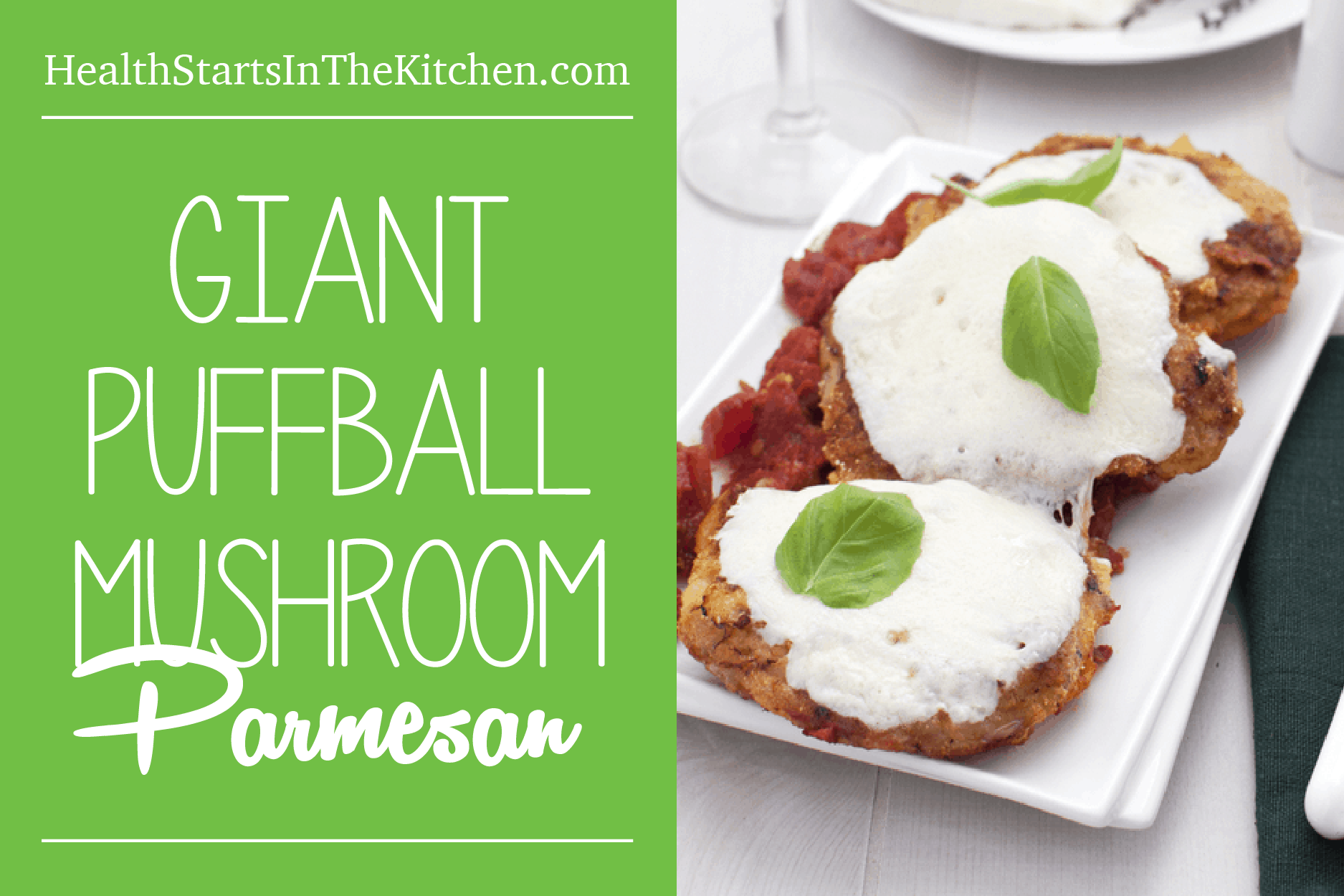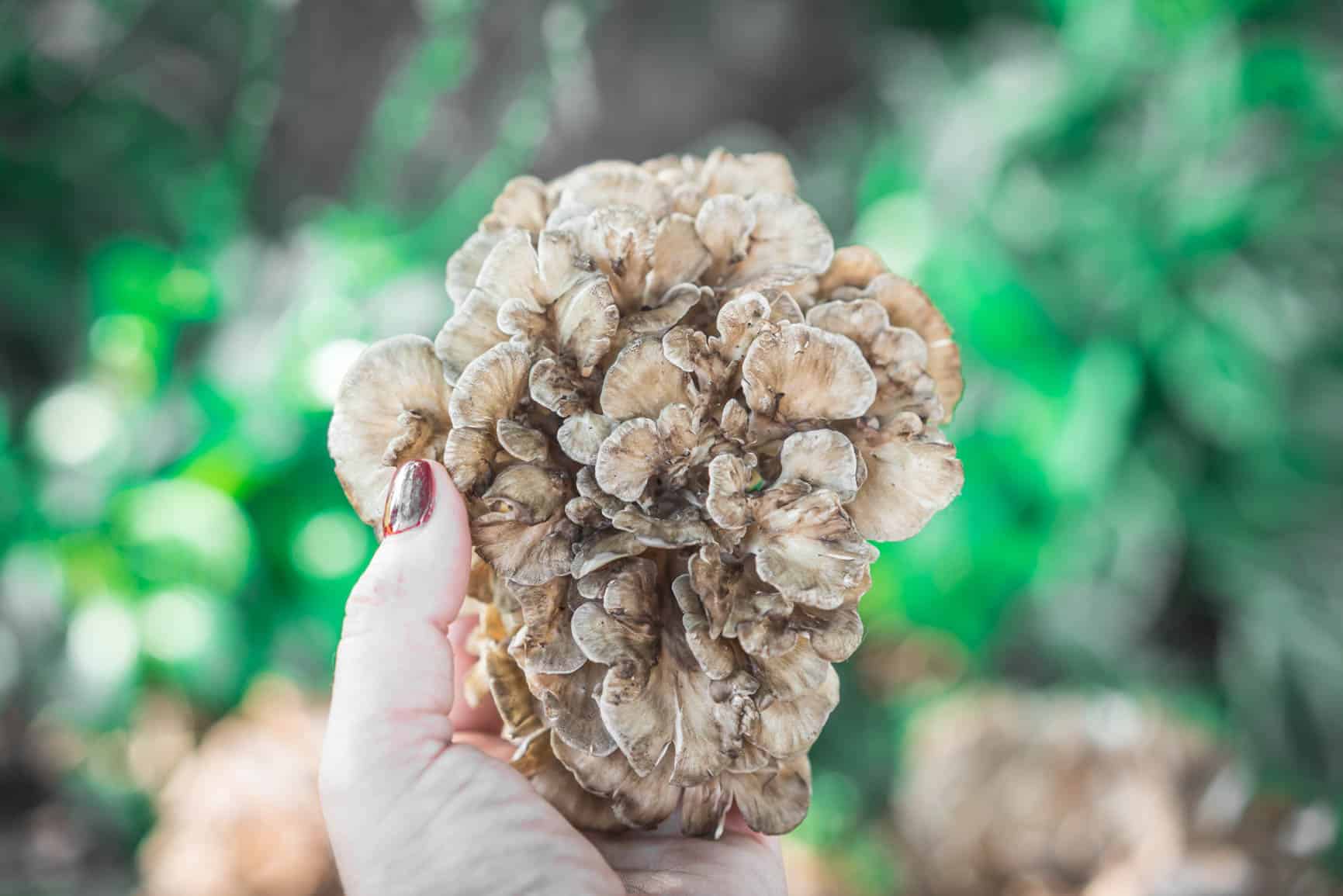Pasta Pairings: Matching Pasta Shapes With Sauces And Ingredients
The world of pasta is as vast and varied as the culinary traditions it represents. With over 350 shapes recognized globally, pasta offers an endless canvas for culinary creativity.
This diversity is not a matter of aesthetics alone; each shape serves a specific purpose and pairs best with certain types of sauces and ingredients.
But how do you navigate this myriad of pasta possibilities? We will delve deep into the world of pasta, providing a comprehensive guide on how to match pasta shapes with the right sauces and ingredients, and offer techniques and tips to create your own pasta masterpieces.

Through understanding the fundamentals of pasta, and appreciating the art of pasta tasting and serving, you’ll be equipped to elevate your pasta dishes from simple meals to gourmet experiences.
So, let’s embark on this pasta journey together, exploring, understanding, and savoring this staple of Italian cuisine in all its glory.
Understanding The World Of Pasta
When it comes to pasta, every shape tells a story and every texture carries a purpose.
As diverse as the regions of Italy from where they originate, pasta varieties can be as tiny as a grain of rice or as long as a horse’s mane.
There are no less than 350 pasta shapes recognized globally, each a culinary delight waiting to be explored.
The different features of pasta, including their size, shape, and texture, are significant aspects that influence not just the visual appeal of your dish, but also the taste and the overall gastronomic experience.
The Significance Of Pasta Shapes
All pasta shapes are designed with a specific purpose. Thin, delicate pastas such as angel hair or capellini are light and absorb light, thin sauces beautifully.
On the other hand, thick and hearty pasta shapes such as rigatoni or fettuccine work best with robust, heavy sauces that coat each strand or fill each tube.
The many grooves and nooks in pasta shapes like farfalle or fusilli are perfect for trapping small chunks of ingredients, enhancing every bite with flavor.
Understanding this can greatly improve your pasta dishes, as matching the correct shape with its intended sauce ensures that every bite is a harmonious blend of pasta and sauce.
While it’s tempting to think of pasta as a blank canvas awaiting a brush of sauce, it’s far more than just a vehicle for other flavors.
Consider how the robustness of rigatoni can lend a heartiness to a meat sauce, or how the lightness of capellini can highlight a delicate garlic and olive oil dressing.
Moreover, the texture of the pasta, whether it’s smooth or ridged, can greatly impact how a sauce adheres to it, furthering the importance of the shape-sauce relationship.
Sauce And Ingredient Compatibility
The sauce is often the star of the show when it comes to pasta dishes, and understanding its synergy with pasta is vital.
Tomato-based sauces, rich in acidity and sweetness, are a universal favorite and blend beautifully with a wide range of pasta shapes.
But they particularly shine with spaghetti or penne, where the sauce coats the pasta evenly.
Creamy sauces, laden with cheese and dairy, find their perfect match in sturdy pastas like fettuccine or tagliatelle, which can support the weight and richness of the sauce.
Ingredients, too, play a significant role in the pasta pairing equation. Chunky ingredients like vegetables or ground meat are best suited for tubular pasta or shapes with lots of ridges, where they can get nestled and present a burst of flavor with each bite.
Seafood, on the other hand, goes well with thin, light pasta like linguine, which doesn’t overpower the delicate flavors of the sea.
Experimenting With Pasta Pairings
In the end, however, it’s all about personal preference and experimentation. The pasta universe is full of wonderful and surprising combinations.
Pairing the right pasta shape with the right sauce and ingredients is an art that requires both understanding and creativity.
For instance, you might find that the delicate strands of vermicelli pasta work well with a spicy arrabbiata sauce, despite traditional wisdom leaning towards robust pasta shapes for such a sauce.
Creating Pasta Masterpieces: Techniques And Tips
Equipped with a basic understanding of pasta shapes and their ideal pairings, it’s time to put this knowledge into practice.
Creating perfect pasta dishes is as much about the techniques used in cooking as it is about the ingredients.
Perfect Pasta Preparation
A common mistake in pasta preparation is not salting the water enough. The water should be salty like the sea, as this is your only chance to season the pasta itself.
Cooking the pasta until it is al dente, or ‘to the tooth’, ensures a slight firmness in the middle, providing a satisfying bite.
Saving some pasta water before draining can be beneficial. This starchy water can be used to adjust the consistency of your sauce, helping it adhere to the pasta better.
Sauce Incorporation Techniques
When it comes to adding sauce to your cooked pasta, don’t just pour it over the top. Instead, the pasta should be added to the pan with the sauce, and cooked for a minute or two, so the pasta absorbs some of the sauce flavor.
This technique also allows the pasta to release starch into the sauce, which gives it a richer, creamier consistency.
Balancing Flavors
Creating a harmonious pasta dish also involves balancing flavors. If you have a rich, creamy sauce, consider adding some acidity, like a squeeze of lemon or a splash of white wine, to cut through the richness.
For a spicy arrabbiata sauce, a sprinkle of sweet basil can help to soothe the heat.
Appreciating Pasta: The Art Of Tasting And Serving
Pasta isn’t just about the tangy tomato sauce, the velvety ribbons of pasta, or the garlic-infused oil shimmering on top. It’s an art form to be appreciated with all the senses.
The Sensory Experience
Truly tasting pasta involves appreciating its textures and flavors.
Take a moment to savor the slight resistance of al dente pasta against your teeth, the way the sauce coats each piece, and the symphony of flavors unleashed with each bite.
Pay attention to the warmth it provides, not just in terms of temperature but also in the comforting familiarity that only a bowl of well-cooked pasta can provide.
Plating And Presentation
Even the simplest pasta dish can be elevated by thoughtful plating.
Make sure to choose a dish that allows the pasta to be spread out, showcasing its shape and the accompanying sauce.
Garnish sparingly but effectively – a sprinkle of fresh herbs or a dusting of cheese can make a dish come alive.
Pairing Pasta With Wines
A well-chosen wine can elevate a pasta meal into a gourmet experience.
While white wines traditionally go well with light sauces and seafood pasta, red wines can stand up to richer, meaty sauces.
However, like pasta pairing, wine pairing is also subjective and can be open to experimentation.
Before You Get To Cooking
In the rich and varied world of pasta, every shape has a sauce it pairs beautifully with.
Understanding and appreciating these pairings can transform your pasta dishes from the mundane to the sublime.
So, get creative, try different combinations, and above all else, enjoy the journey of pasta discovery. After all, the joy of pasta lies as much in the journey as in the destination.






